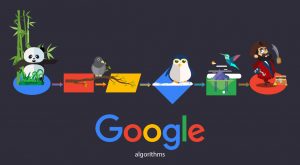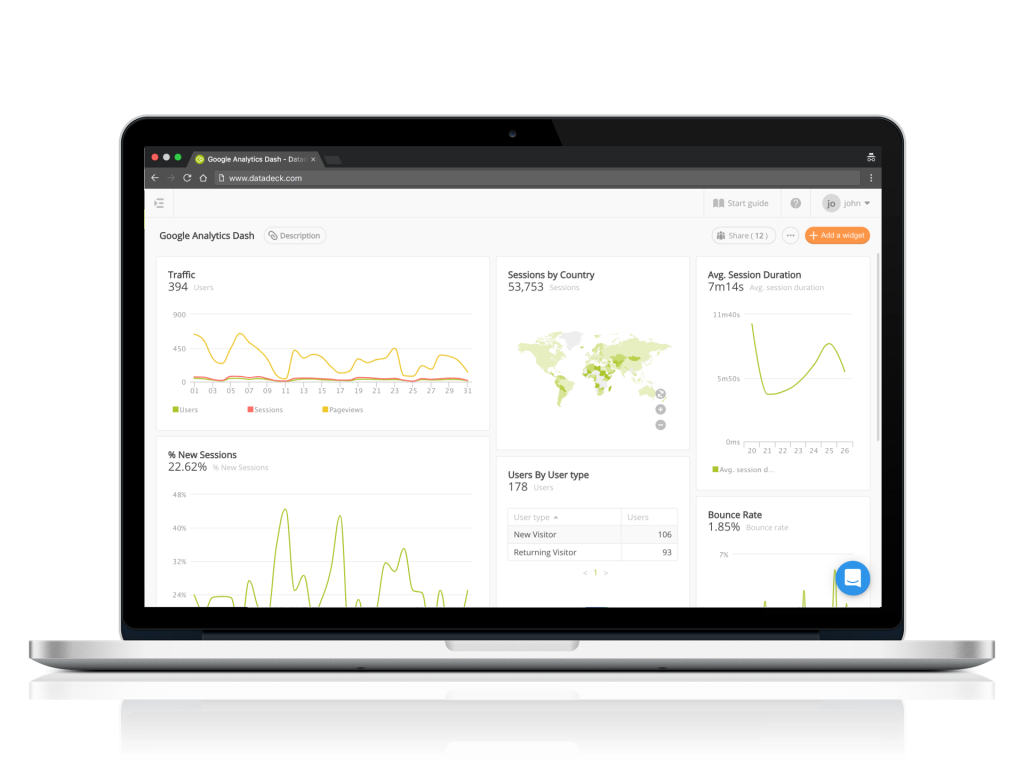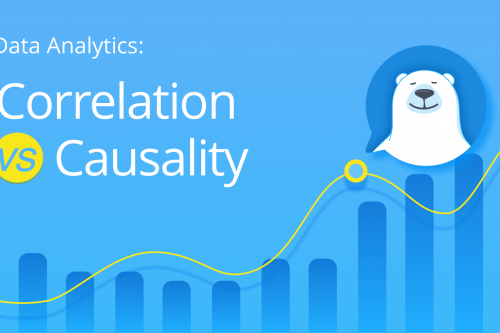Having some working knowledge of Google and how it works as a marketing tool is essential for anyone in the marketing game in 2018. Spend on digital marketing has finally overtaken spend on traditional advertising channels after all. It’s a big topic but I’ll try my best to hit all the key points.
Origins
Google was not built with the intention of becoming a marketing tool. Originally it was just a way of helping people sift through the pages of the web, and point them in the direction of what were looking for. Soon, however, the engineers at Google and other large search engines realized that they had special power: With more and more people using the internet, they could control what results these people saw first, drastically effecting the fortunes of businesses who had started creeping onto the web.
For the most part they used this power for good, making sure that people using google were always served the results that were the most relevant, not the websites which had paid Google the most. However, they did create zones in the header and sidebar of the search results specifically for paid advertisers, and this is how Google started churning out huge profits.
Ad Blindness
Google was aware that audiences would still focus on the “organic” results of the search results more than the “paid” results. These results were more likely to be relevant to what they were searching for. However, the paid results continue to catch the attention of people, and getting adverts served on the most popular search terms became extremely competitive.
Getting tactical
Soon businesses began to realize that only the ones prepared to pay the big bucks would be able to compete on simple keywords. Ordering Pizza? Perhaps only businesses like Pizza Hut and Dominos could afford to serve ads on the keyword “Order Pizza”, or create enough content revolving around those words. But hope was not lost for smaller businesses.
There are so many variations of keywords someone wanting pizza could potentially type, some quite specific. If smaller businesses could target these specific searches, then they would be able to benefit from less competition. Perhaps a pizza place in a particular city who has a rockin’ pepperoni pizza could compete for “best pepperoni pizza in Chicago”. These types of keywords are called the Longtail keywords, and are essential for any businesses mastery of Google. Just by using these keywords on the copy of their business website, a pizza place could begin getting traffic to their site at zero cost!
WFT is SEO?
SEO or Search Engine Optimization to the layman, is a process of trying to get your website to perform better in search results both by making your site more relevant for the searches of your potential visitors, but also by trying to trick the Google Algorithm into thinking your site is relevant.
The Google algorithm is an extremely complicated formula that is used by Google to determine whether or not your site should rank high or low in the search results for certain keywords. Some of the criteria it will asses is how frequently the keyword (or similar keywords) appear on your site; How well your site is designed; How many other relevant sites link to your site (domain authority); How high is the quality of the site’s copy; How long has the site existed; How much traffic does the site get etc…
The Google algorithm picks up most of this info by sending an electronic “spider” to “crawl” your website every so often. It logs what it sees and ranks your site accordingly. In the early days of Google, it was easy to trick this spider into thinking your site was awesome. Marketers realized that one could simply stuff their sites with relevant keywords and there rank would improve.

The SEO War
What ensued was a war between SEO specialists and Google. Google periodically updated their algorithm, making it more sophisticated. They worked out how to tell if keywords were being stuffed, and how other little tips and tricks were being deployed – such as excessive link building to low quality sites (people often paid sites in their niche to post links to their site). Some major algorithm updates such as the Panda updates and the Penguin updates had devastating effects on many businesses and personal website owners. Many sites suddenly plummeted in search result rankings, while others quickly ascended.
The Aftermath
Ultimately, these updates made Google fairer and resulted in better search results for everyone. These days, people tend to say that the best way to get your website to the top of the pack is to provide honest, quality content, and it’s true. There is room, however for some careful SEO work. You still need to be aware of what keywords you should reference on your site, as people may not find you otherwise. You also need to be careful to have a clean website architecture, so the Google spider can crawl around easily. A healthy, honest link building program can also do wonders for your ranking – think guest posting and content partnerships.
Google is an amazing tool, and studying how traffic comes to your site and making appropriate changes to your copy is essential for any business in 2018. If you want to make this study simple, and you want to avoid having to write weekly or monthly traffic and analytics reports for your boss or clients, try out Datadeck. It’s a free-to-use data visualization dashboard tool, and it can save you tons of time. Make your data life easy and throw your analytics data into a Google Analytics Dashboard!

If you want to know more about web-based marketing, please subscribe to the Datadeck blog (enter your email on the right) and follow us on Facebook and Twitter.





